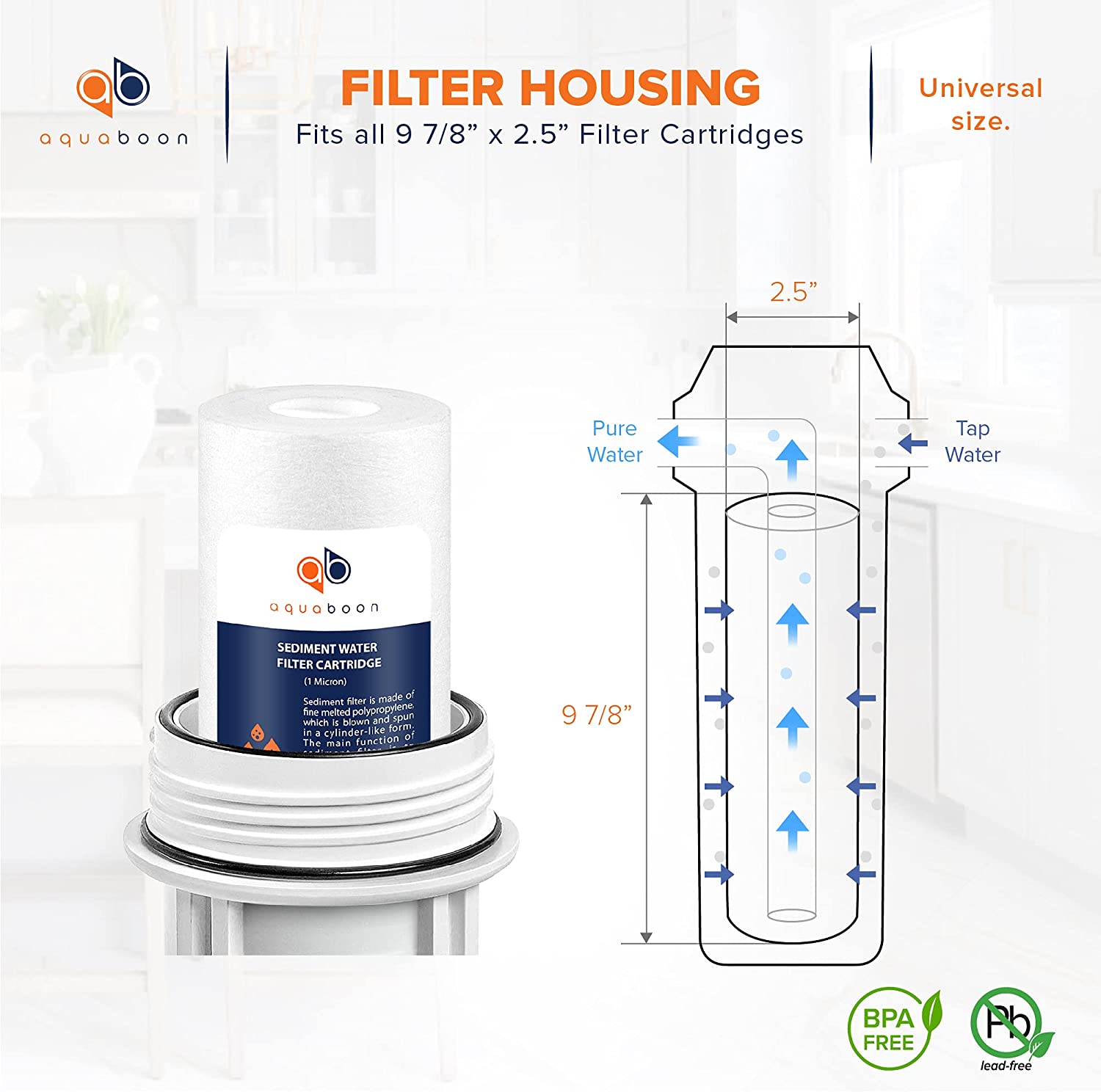How To Purify Well Water For Drinking? — 5 Well Water Treatment Methods


How to purify well water for drinking?
Wells are now becoming a popular source of water in the US. According to the USGS, more than 43 million Americans rely on private wells for their drinking water due to their numerous benefits.
For starters, well water contains various essential minerals and delivers a near-endless water supply. It also minimizes trips to the store to get bottled water, making it a cost-effective way of hydrating.
However, like other sources of water, it is prone to impurities.
What is well water, and is it safe for drinking?
Well water is water sourced from underground aquifers. Since it is naturally occurring, it is usually healthier than surface water options. Still, this doesn't mean it offers safe hydration since it's not treated.
Various reasons exist why you should purify water from a well.
For instance, when there has been a heavy downpour, some of the rainwater that hits the ground might spill into the well, especially if the well cover is not well tightened. Also, if construction, mining, or cultivation works are in the vicinity, pesticides and heavy metals might run into the well.
Not forgetting naturally occurring elements such as arsenic that can compromise the water's quality.
For these reasons, the importance of water well treatment cannot be overemphasized. It is an excellent way to access clean well water for drinking and other domestic chores.
So, what are some of the procedures you can leverage to purify well water?
Methods for well water purification
Prior to choosing a well water filtration strategy, you must know what ails your water.
Does it contain heavy metals or volatile organic compounds? Do you suspect the presence of arsenic or limescale? Or do you just want to improve its taste?
To better understand what’s in your water, you must test it. Take a sample to the relevant bodies, and they will thoroughly check for different pollutants, presenting you with a detailed report on the impurities present. Only then can you find a well water purification system that addresses your specific needs.
Without further ado, here are methods you can use to purify well water at home.
Let's delve into the specifics.
Chlorination
This is the process of adding chlorine and chloramines into the water to do away with pathogens and microorganisms that might cause water-borne diseases. It is often a fruitful purification process that allows families to access pure home water— a reason why it is the go-to decontamination strategy in treatment plants.
However, to chlorinate your well, you will need to pump not less than 1,500 liters of water and put it in a clean tank. You will then add at least 10 liters of chlorine into the pumped water before pouring it back into the well. Be warned that this can be a time-consuming and labor-intensive procedure.
Furthermore, some people cannot stand the taste of chlorinated water. For this reason, they will always consider using filters for water to get rid of the unpleasant taste.
UV purification
This is an exceptional mechanism for water decontamination that kills 99.9% of bacteria and viruses, protecting you from typhoid, cholera, E.coli, and other water-borne sicknesses.
To disinfect well water, you will need professionals to install UV bulbs carefully.
However, UV purification will not eliminate arsenic in the water, which is why it is essential to use it in conjunction with other filtration systems.
Carbon filtering
Passing water through carbon is another surefire way to eliminate pollutants.
Here, homeowners can leverage the perks of purification systems with granular activated carbon (GAC, widely known for its efficacy in removing heavy metals and organic chemicals.
Additionally, it can get rid of foul odors and chlorine, leaving you with fresh and greatly-tasting contents in your glass.
However, note that if your well water contains traces of nitrates or lead, another type of decontamination system will be an ideal fit, which brings us to the next purification method.
Reverse Osmosis
Reverse osmosis (RO) is the best way to filter well water.
These systems feature multiple treatment stages. Their sediment and carbon cartridges eliminate insoluble particles and organic chemicals, respectively. The system also has a membrane that restricts microbes from flowing through.
An RO system is your perfect fit if your well water has tested positive for magnesium, cyanide, lead, arsenic, hydrogen sulfide, pesticides, nitrates, sodium, calcium, cysts, and parasites.
For these systems, you can either go for under-sink options or a whole house filtration system, depending on whether you want to access pure water at point-of-use or point of entry.
KDF filtering
KDF media is another widely recognized deep well water purifier that uses the redox process to remove impurities. When the pollutants contact the media, a reduction or oxidation process occurs, neutralizing them into harmless components.
Some of the bad stuff this media removes include chromium, lead, zinc, rust, mercury, and other heavy metals. Additionally, it can eliminate algae, fungi, and other illness-causing bacteria.
Conclusion
There you have it! Tips that will ensure only quality well water flows through your faucets. But for maximum efficacy, filtration systems provide a surefire way to purify water.
Filterway is your one-stop website where you can purchase filters. Our products are designed to decontaminate even the most polluted waters, allowing you to enjoy fresh and safe hydration.
Contact us today!












